Species at Risk
In this chapter we list the species at risk that have been detected in Norbord's operating areas, including per cent occurrence and biodiversity intactness.
18 species
Number of species at risk detected in Norbord's Northern and Southern Operating Areas.
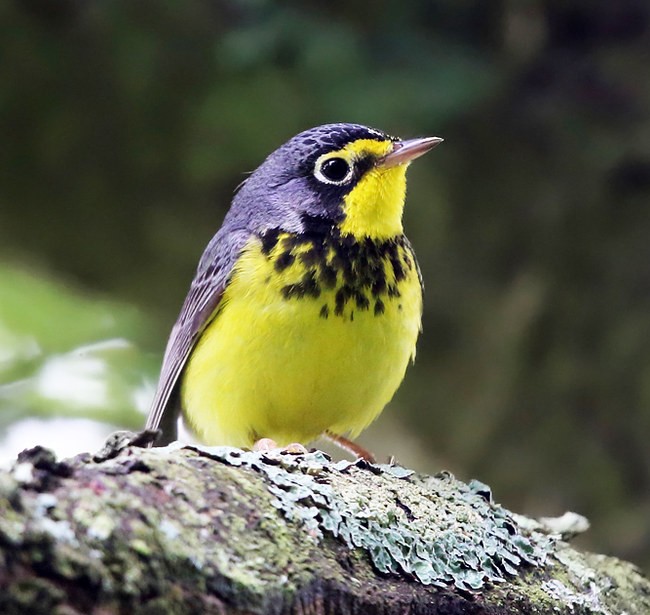 Photo: Tom Murray
Photo: Tom Murray
Canada Warbler (Cardellina canadensis)
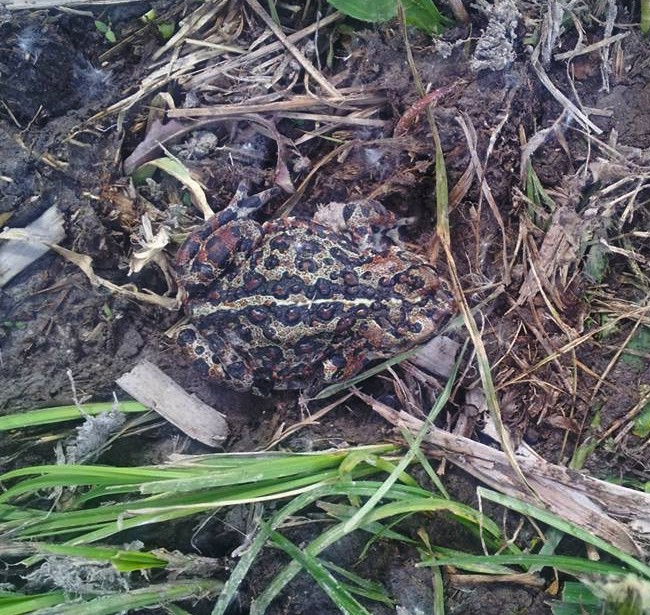 Photo: Michael Foisy
Photo: Michael Foisy
Western Toad (Anaxyrus boreas)
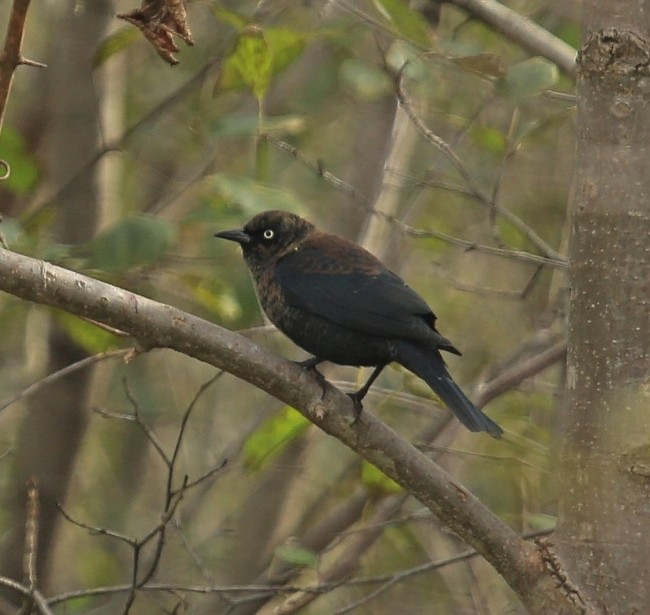 Photo: Seabamirum
Photo: Seabamirum
Rusty Blackbird (Euphagus carolinus)
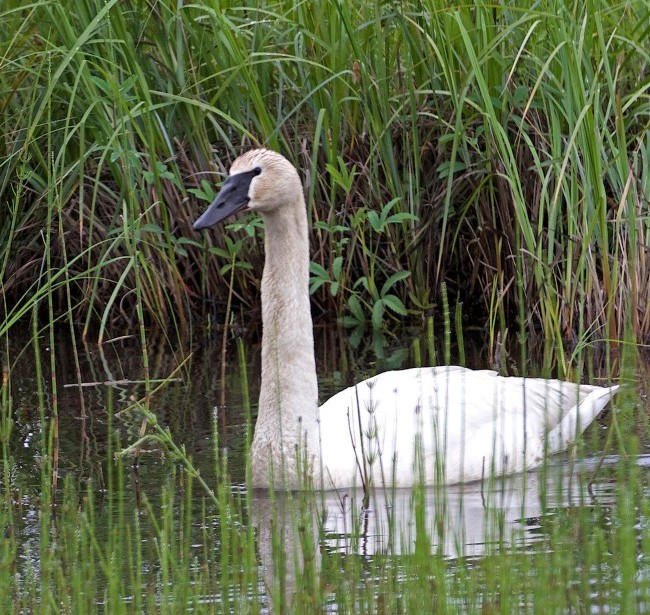 Photo: Gregory Smith
Photo: Gregory Smith
Trumpeter Swan (Cygnus buccinator)
Introduction
Assessing the biodiversity in a region includes an evaluation of species that are naturally rare or that have demonstrated a significant decline in abundance. These species are generally referred to as “species at risk” because future declines in abundance may result in the loss of the species from an area. Monitoring the changes in the abundance of species at risk as well as the habitat they rely on is vital to understanding how land use affects not only sensitive species but entire ecosystem health.
"Species at Risk" (SAR) in this report are defined as species:
- federally listed as endangered, threatened or of special concern under the Species at Risk Act (SARA);
- provincially listed as endangered, threatened or of special concern under the Alberta Wildlife Act;
- recommended for listing federally by the Committee on the Status of Endangered Wildlife in Canada (COSEWIC) or provincially by Alberta’s Endangered Species Conservation Committee (ESCC).
We summarize the number of species at risk detected in Norbord's operating areas and provide Biodiversity Intactness scores for species with enough occurrences to calculate. Only species that were detected by the ABMI are reported here; there are likely other species at risk that occur. See Methods for calculating intactness.
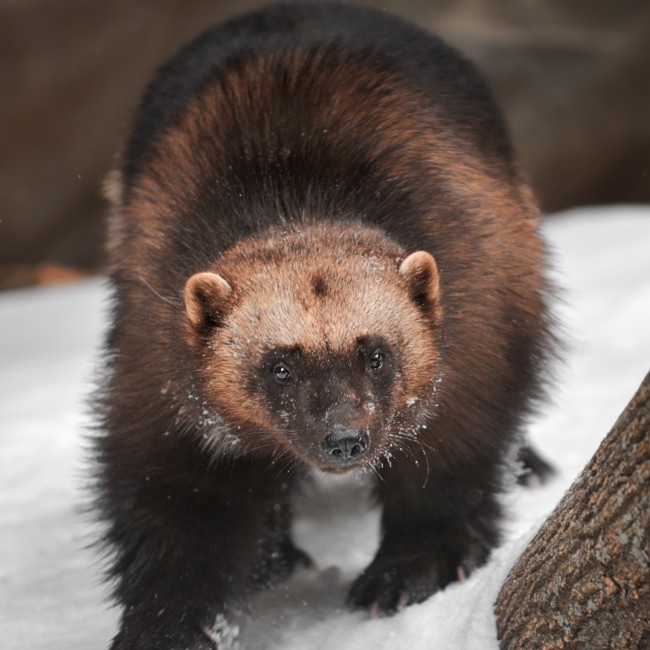
Wolverine (Gulo gulo) prefer remote areas away from human development activities.
Results
As of 2018, the ABMI detected 18 species at risk in Norbord's operating areas; 10 of the species were detected with enough frequency to calculate intactness.
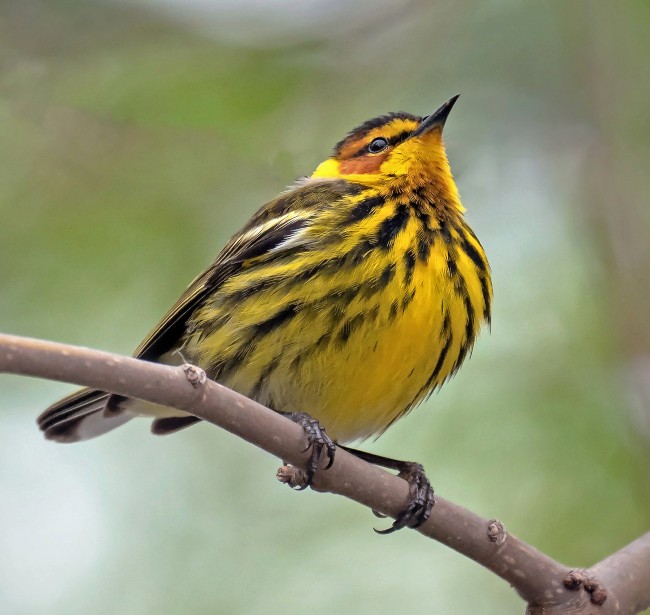
Cape May Warbler (Setophaga tigrina)
Photo: Doug Greenberg
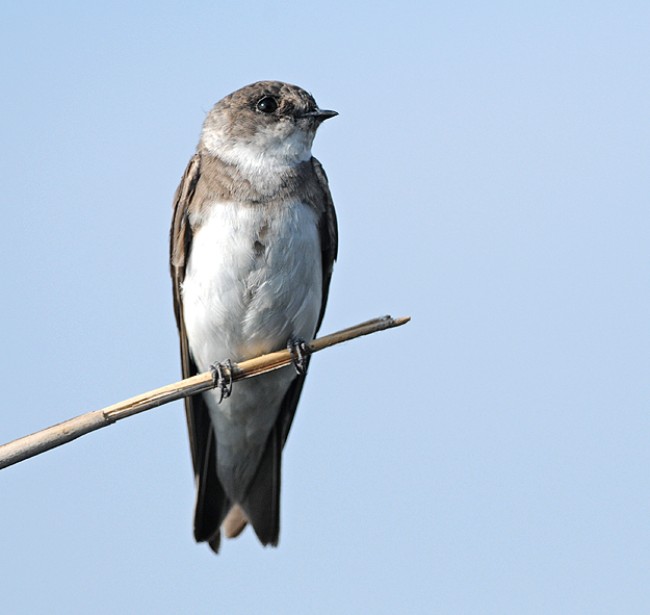
Bank Swallow (Riparia riparia)
Photo: Ján Svetlík
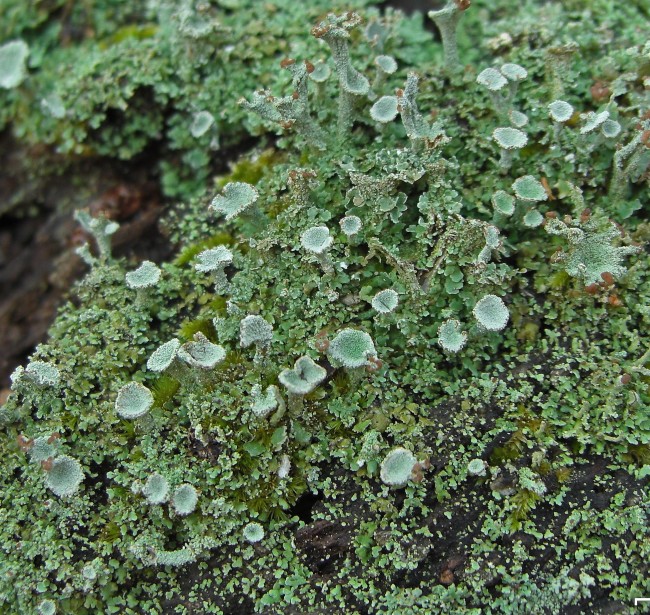
Gray's Pixie-cup (Cladonia grayi)
Photo: Jason Hollinger
2018 Highlights
- Of the eight at-risk bird species detected in the Southern Operating Area with enough frequency to calculate intactness, habitat suitability was > 80% compared to reference conditions for three species, > 70% for four species, and > 50% for one species.
- Of the five at-risk bird species detected in the Northern Operating Area with enough frequency to calculate intactness, habitat suitability was > 90% compared to reference conditions for two species and > 80% for another three species.
- Old-forest dependent species' habitat suitability decreased the most from reference conditions in the Southern Operating Area, including for Black-throated Green Warbler (71.2% intact), Bay-breasted Warbler (76.5% intact), Cape May Warbler (77.3% intact), and Canada Warbler (78.3% intact). Habitat suitability for these species is reduced by activities that impact their old-forest habitat, such as forest harvesting.
- The habitat suitability for Bank Swallow, Olive-sided Flycatcher, and Rusty Blackbird increased in the Southern Operating Area. These species prefer wetland habitats or open areas and therefore benefit from human activities that remove forest cover.
- Wolverine was detected at 11.1% of sites in the Northern Operating Area and intactness for this species was 94.6%. Wolverine prefer remote areas away from human development.
- Four species of at-risk lichen were found in the Northern Operating Area and two were found in the Southern Operating Area. Gray’s Pixie Cup was the only lichen that occurred enough to measure intactness, which was 98.9% and 97.6% in the Northern and Southern Operating Areas, respectively. This species is associated with black spruce and treed fen habitat types which are impacted less by forestry.
- Note that all these species have well-documented population declines. Intactness is a measure of predicted effects of human footprint; it is not a measure of population trend.

Woodland Caribou range overlaps with Norbord's operating areas, although caribou have not yet been detected by the ABMI's remote cameras. Woodland Caribou are listed as Endangered by COSEWIC, and are therefore a management consideration in northwestern Alberta [1].
| Image | Taxon | Common Name | Scientific Name | Occurrence (%) | Biodiversity Intactness | Habitat Suitability Increase or Decrease | Status |
|---|
References
Environment and Climate Change Canada. 2019. Progress report on steps taken to protect critical habitat for the woodland caribou (Rangifer tarandus caribou), boreal population, in Canada. (https://www.canada.ca/en/environment-climate-change/services/species-risk-public-registry/critical-habitat-reports/woodland-caribou-boreal-population-protected-2019.html).




